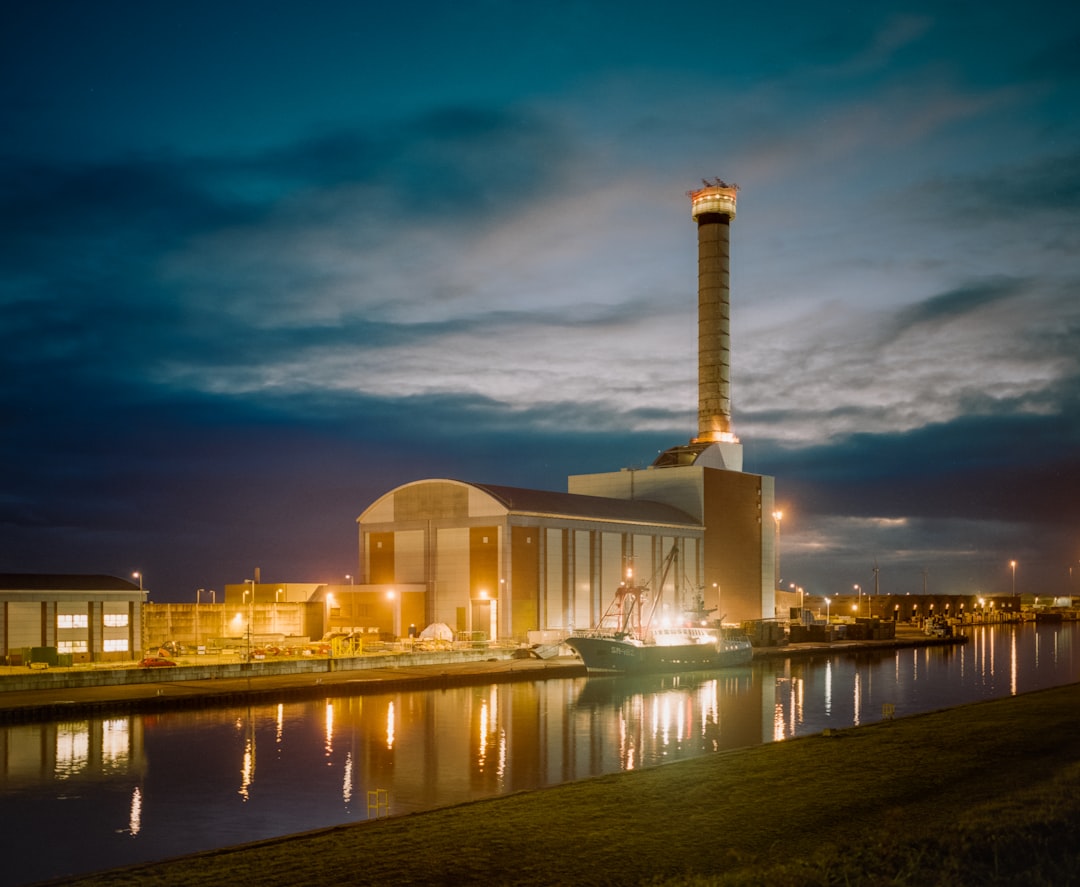What is it about?
Transport of light heat and electricity in mixtures depends a lot on how the various parts are arranged. I was able to show a new faster way to calculate this, and used this to look at random honeycomb structures, finding that they are surprisingly similar to regular honeycombs.
Featured Image

Photo by Jonathan Dick on Unsplash
Why is it important?
Random honeycomb structures (like plant cells) are common in nature, and it's useful to know how well they transport light, heat, and electricity (among other things). Existing methods to calculate transport are quite slow, but I was able to show how to do this much faster, and was able to show that their transport is surprisingly similar to (and in some cases better than) their regular counterparts.
Perspectives
This followed on very quickly from some great work I did with Marc Gali.
Matthew Arnold
University of Technology Sydney
Read the Original
This page is a summary of: Effective transport properties of conformal Voronoi-bounded columns via recurrent boundary element expansions, Journal of Applied Physics, October 2019, American Institute of Physics,
DOI: 10.1063/1.5125166.
You can read the full text:
Contributors
The following have contributed to this page










